 |
|
||||||
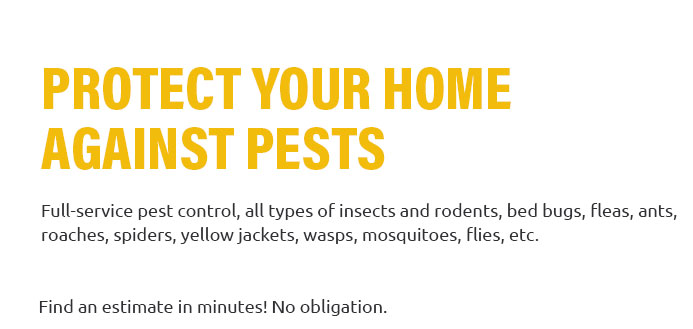 |
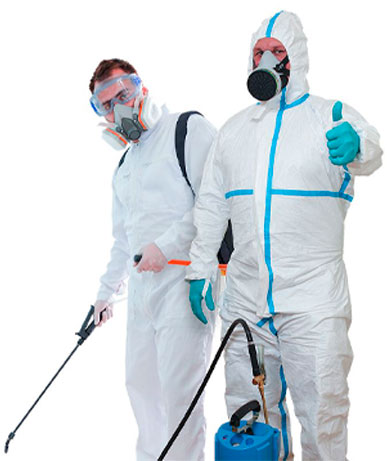 |
 |
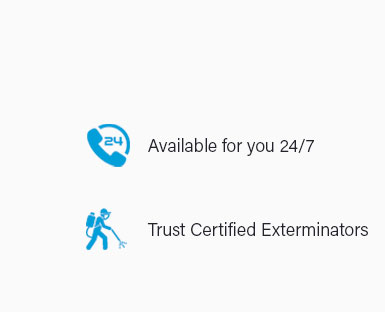 |
 |
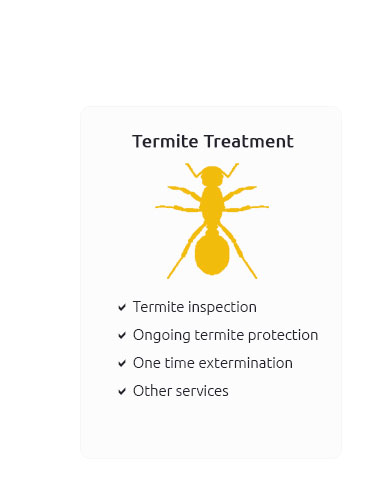 |
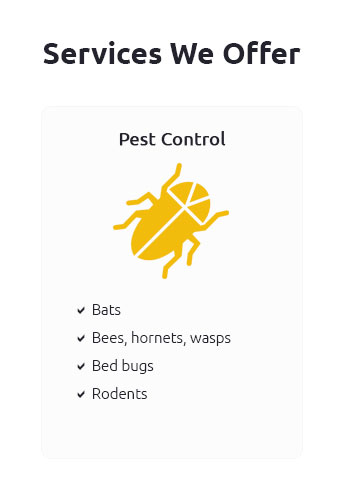 |
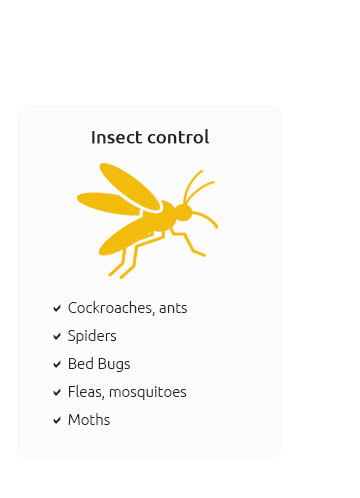 |
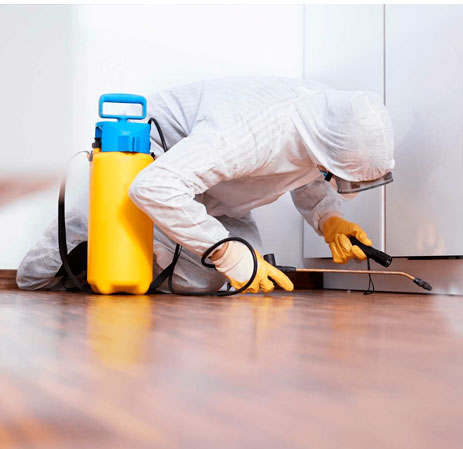 |
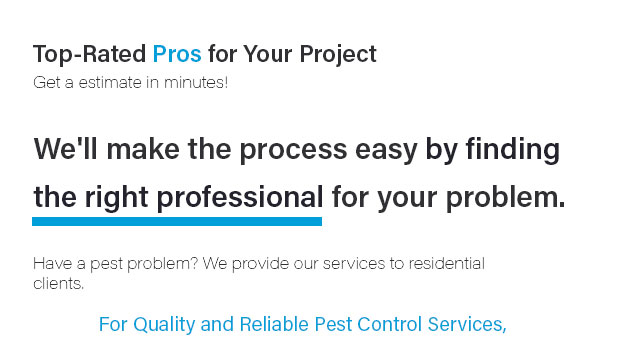 |
 |
 |
 |
|
x5trkbe9ins Welcome to the future of pest control, where our cutting-edge pest control traps redefine excellence, delivering unparalleled results with precision and efficiency; say goodbye to unwelcome intruders and reclaim your home with confidence, because we don't just manage pests, we obliterate them, ensuring peace of mind and a pest-free environment, guaranteed-it's time to experience the ultimate in pest control innovation and take back control with a service that stands head and shoulders above the rest.
https://diypestcontrol.com/pest-control-products/pest-control-traps?srsltid=AfmBOoqNR5yEYPXz8u6KHPmNV78-s-wUgomVQz5SDLrnzw-ZdXYtlNeM
Specializing in Live Animal Traps, Beetle Traps, Fruit Fly Traps, Fly Traps, Glue Traps, Mole Traps, Moth Traps, Multiple Mice Traps, ... https://www.amazon.com/Best-Sellers-Pest-Control-Traps/zgbs/lawn-garden/3737901
Discover the best Pest Control Traps in Best Sellers. Find the top 100 most popular items in Amazon Patio, Lawn & Garden Best Sellers. https://miller-mfg.com/collections/pest-control?srsltid=AfmBOoo9fjVrPJBIFcW_x6gVyvryZ81Psz-Y99kV9UfwOfAeQe7x7ayY
Effectively combat pests with our powerful pest control products. Discover a wide selection of mouse traps, live traps, and more, designed to eliminate pests ...
|



